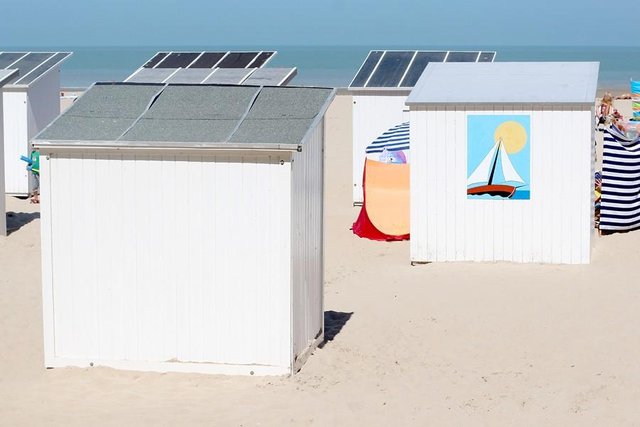
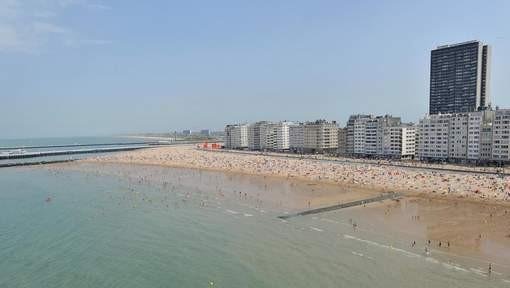
Ostend
Not far from Bruges is Ostend, a renowned seaside resort of the North Sea. We can discover there the Fort Napoleon built by the emperor in order to protect the coast of the English.
Ostend is a Belgian coastal city and municipality, located in the province of West Flanders. It comprises the boroughs of Mariakerke, Raversijde, Stene and Zandvoorde, and the city of Ostend is the largest on the Belgian coast.
Climate
Ostend has a maritime temperate climate, influenced by winds from the North Sea, making summers cooler than inland Europe. 24-hour average temperatures below the freezing point is a rare occurrence. According to the Köppen Climate Classification system, Ostend has a marine west coast climate.
History
In earlier times, Ostend was a small village built on the east-end of an island between the North Sea and a beach lake. Although small, the village rose to the status of "town" around 1265 when the inhabitants were allowed to hold a market and to build a market hall.
The major source of income for the inhabitants was fishing. The North Sea coastline has always been rather unstable and in 1395 the inhabitants decided to build a new Ostend behind large dikes and further away from the always-threatening sea.
The strategic position on the North Sea coast had major advantages for Ostend as a harbour but also proved to be a source of trouble. The town was frequently taken, ravaged, ransacked and destroyed by conquering armies.
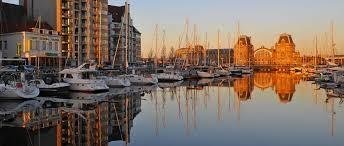
The Dutch rebels, the Gueuzen, took control of the town. The Siege of Ostend, 1601 to 1604, of which it was said that "the Spanish assailed the unassailable and the Dutch defended the indefensible", cost a combined total of more than 80,000 dead or wounded, making it the single bloodiest battle of the Eighty Years' War.
20th century
Ostend was occupied by German forces and used as an access point to the sea for submarines and other light naval forces for much of the duration of World War I. As a consequence the port was subjected to two naval assaults by the Royal Navy.
The town hosted all of the sailing events for the 1920 Summer Olympics for Antwerp.
Only the finals of the 12 foot dinghy were sailed in Amsterdam. Ostend also hosted the polo events.
World War II involved a second occupation of the town by Germany within a period of little more than twenty years; an occupation which it shared this time with most of northern Europe. Both conflicts brought significant destruction to Ostend. In addition, other opulent buildings which had survived the wars were later replaced with structures in the modernist architecture style.
Sights
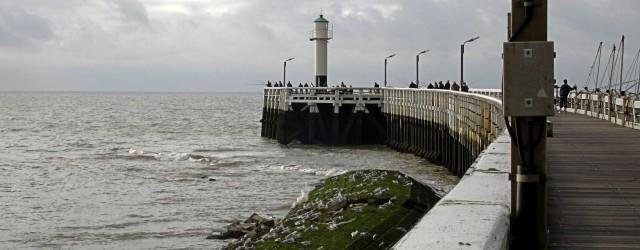
Ostend is famous for its sea-side esplanade, including the Royal Galleries of Ostend, pier, and fine-sand beaches. Ostend is visited by many day-trippers heading to the beaches, especially during July and August. Ostend used to be widely visited by the British, Germans, French and Dutch, but is now mainly frequented by Belgians and Dutch.
Near the beach is a well-preserved section of the fortified Atlantic Wall, open to the public as the Atlantic Wall Open Air Museum located in Raversijde. During summer evenings one can walk through the little streets around Het Vissersplein. At certain times there are local markets in the neighbourhood streets and in the summer the Vissersplein has music festivals.
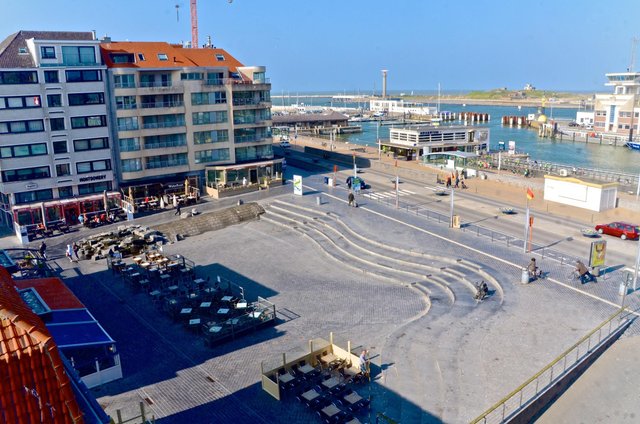
The Vissersplein is a car free zone with many brasseries where patrons can sit outside and have a drink. Towards the port side there are many little fish outlets, and beyond that the ferries can be observed docking.
Notable sites include:
• The Casino and Fort Napoleon, Ostend.
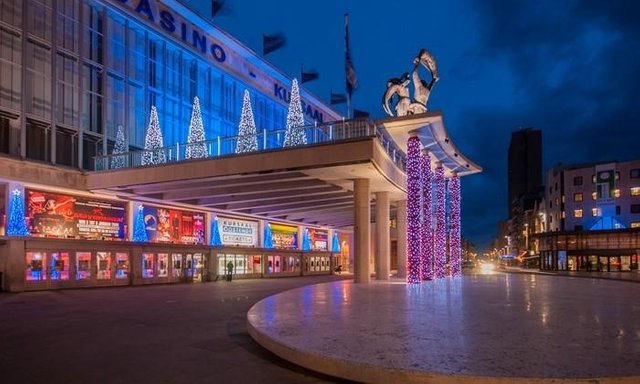
• Oostende railway station.
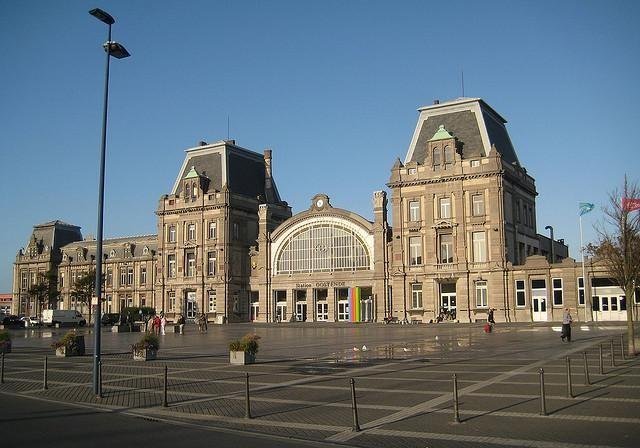
• The Mercator
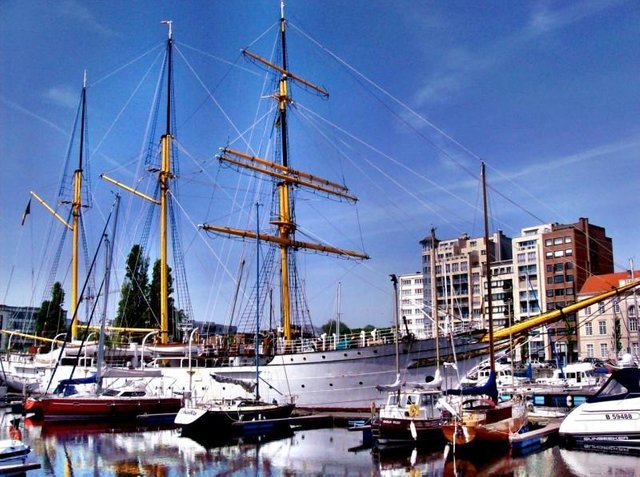
• Hippodrome Wellington, horse racing venue.
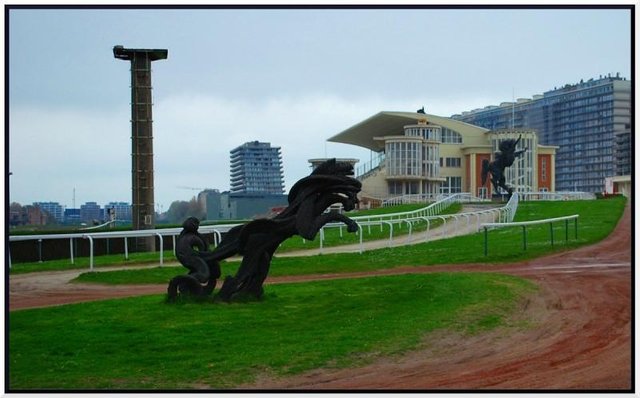
• St Petrus and St Paulus Church (Neo Gothic style)
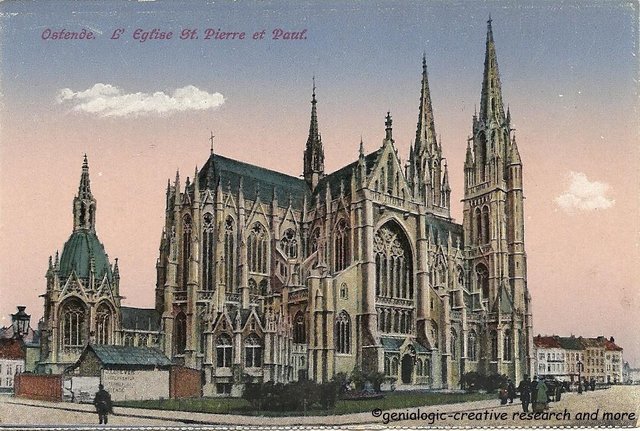
Museums
The James Ensor museum can be visited in the house where the artist lived from 1917 until 1949.
There is also the Mu.Zee and the museum of modern art from the 1830s to the present, displays works of noted local painters such as James Ensor, Leon Spilliaert, Constant Permeke and the revolutionary post-war Belgian COBRA movement amongst others.
good place
Downvoting a post can decrease pending rewards and make it less visible. Common reasons:
Submit
Nice post
Downvoting a post can decrease pending rewards and make it less visible. Common reasons:
Submit
Beautifull place and good enjoy the travel my friend..
Downvoting a post can decrease pending rewards and make it less visible. Common reasons:
Submit
😉
Downvoting a post can decrease pending rewards and make it less visible. Common reasons:
Submit
wow amazing place
thanks for sharing
Downvoting a post can decrease pending rewards and make it less visible. Common reasons:
Submit
Nice art
Downvoting a post can decrease pending rewards and make it less visible. Common reasons:
Submit
such a beautiful Location. I want to visit here. Thanks for sharing @indesta120282 !
Downvoting a post can decrease pending rewards and make it less visible. Common reasons:
Submit
Excellent post, thanks for sharing.
Downvoting a post can decrease pending rewards and make it less visible. Common reasons:
Submit
Wow! Nice photo,,,,,,
good post.............//////////////
Downvoting a post can decrease pending rewards and make it less visible. Common reasons:
Submit
Nice view!!!
Downvoting a post can decrease pending rewards and make it less visible. Common reasons:
Submit